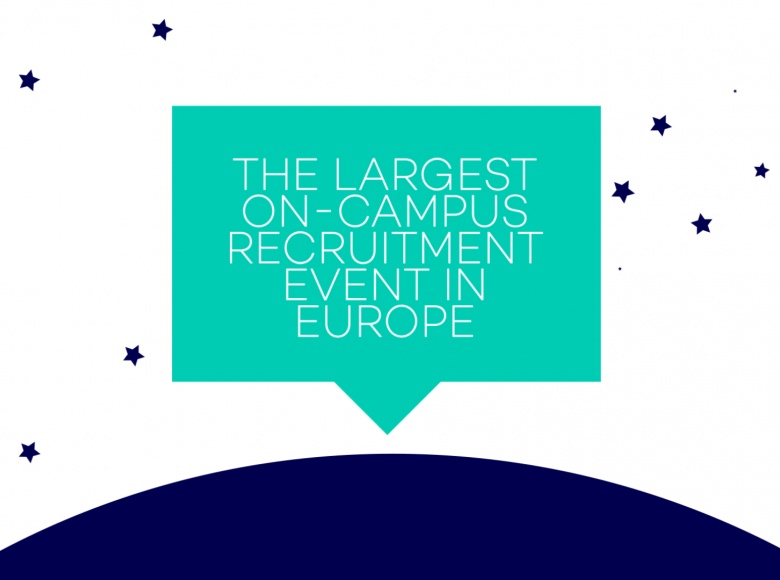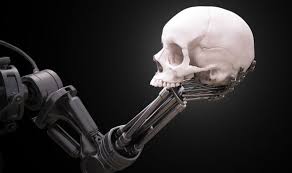https://www.youtube.com/watch?v=l47zeel-eBg
We, team 88, have analyzed the concept, stakeholders, business strategy and the role of IT of the Erasmus Recruitment Days (ERD), a large recruitment event organised by and for students each year on the campus of Erasmus University of Rotterdam.
Pretty soon, we found that main problem was at the information strategy of the project, which is very dispersed and contains an unconnected portfolio of applications. The resulting business needs from the current misalignment, better data and attendance management, will be met by aligning the current IT landscape with the business strategy of the ERD – which is maximizing satisfaction of students attending the event. The following steps are recommended.
First, application rationalization results in Salesforce being chosen as CRM system, connected to the recently launched website. Second, a mobile application will be developed in order to retrieve from and provide students with real-time data on activities. Lastly, the website has room for minor improvements, which will be realized. In the end, the estimated costs, after amortization, will be 25,000 – 50,000 euros for the upcoming three years.
In order to ensure successful implementation and true value for the money invested, we recommend to carefully execute an implementation strategy, consisting of establishing a strong project team, mitigating and managing the foreseen risks, and lastly the constant tracking on the critical success factors.
When the digital transformation of the ERD is successful, the ERD should have:
• Significantly improved data management by gathering more information, storing this information more efficiently and distribute the information to stakeholders more effectively.
• Significantly improved attendance management with the help of a real-time overview of attendance per event.
After all, these achievements will result in a minimum number of no-shows and a more equal distribution of value per attending student due a smaller standard deviation of the distribution on the number of events per student. Next to that, there is a reduced operational workload for the committee, resulting in more human capacity during the event that can be invested in quality enhancement (e.g. personal communication).
Quality improvements can also be realized by smarter and more data-driven decisions, which are easier to make due to better availability to the data of the event. Although the business strategy is currently not focused on growth, opportunities for the ERD could be, in a couple of years, expanding to other faculties or cities. The new information system makes scalability and thus expansion of the event better realizable. And last but not least, the event gets a more professional appearance with the presence of a sophisticated and good-functioning web application and website.



